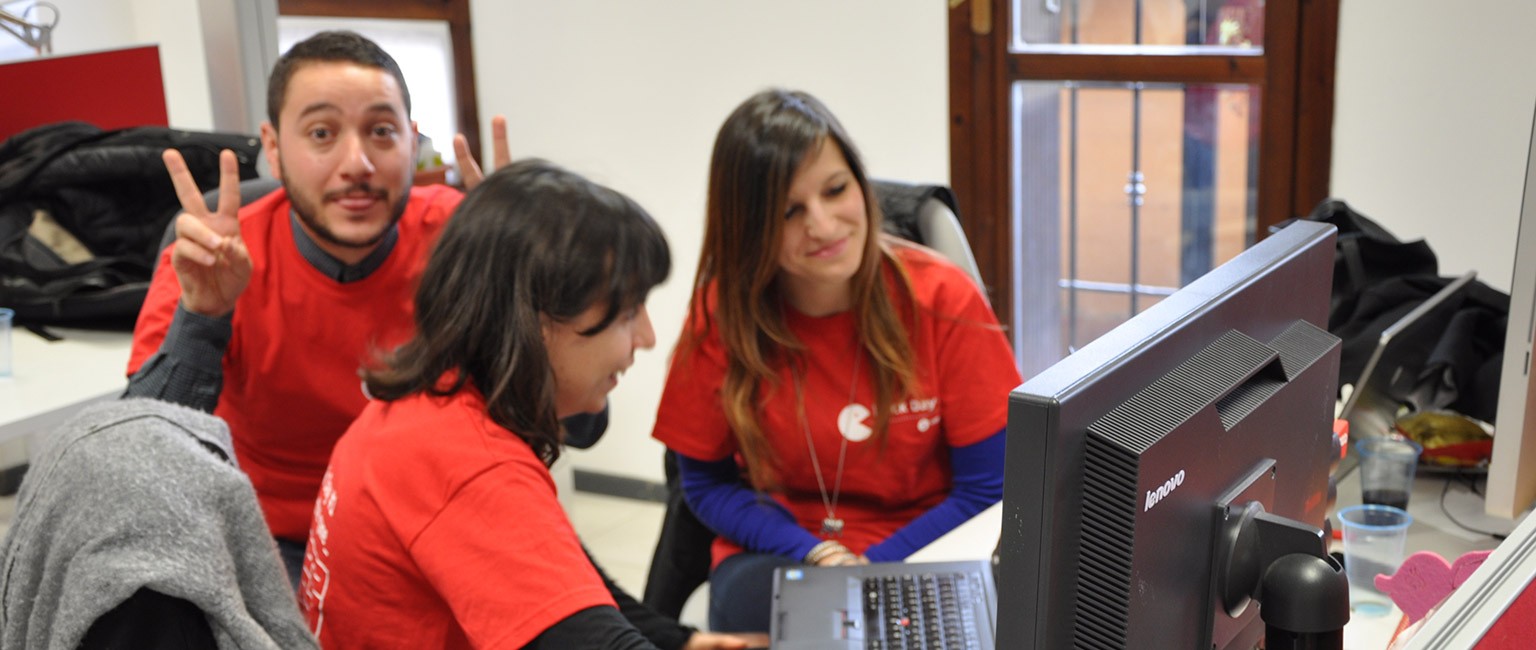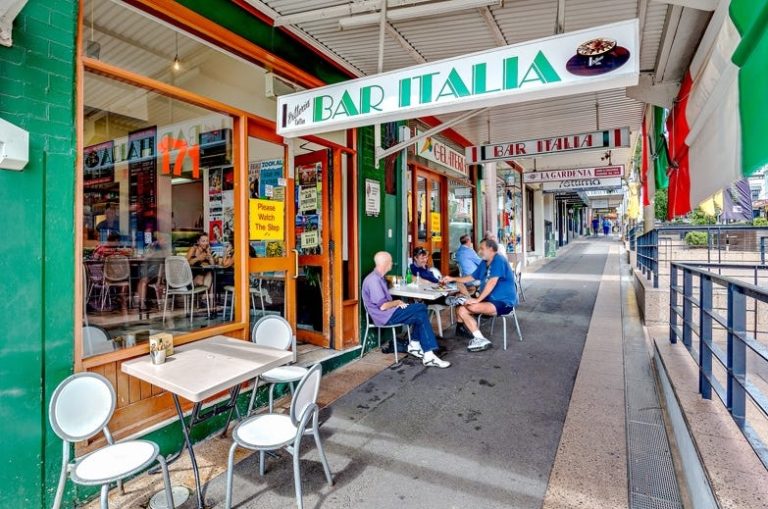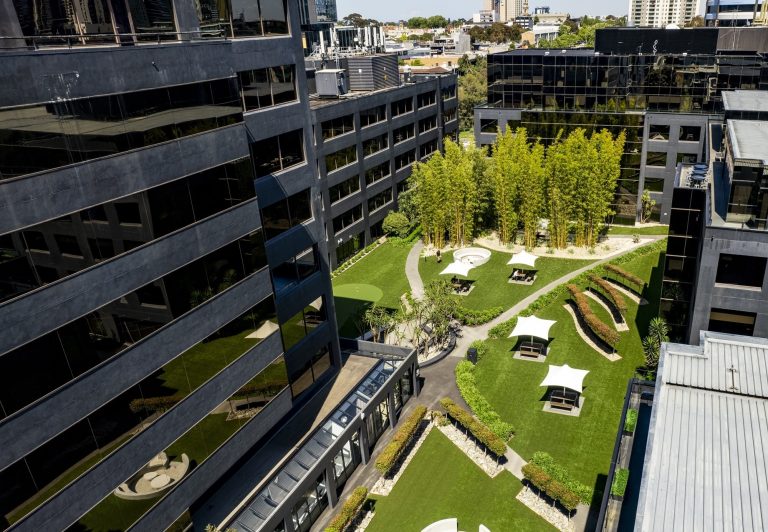Offices of today: Too cool for school?

The theory is straightforward enough – provide a fun and functional workspace and reap the rewards of happy and productive staff.
But where exactly is the boundary between a cool office and a frat house gone wrong?
Ten years ago, an open plan office with a “Zen room” and Baltic pine workbenches was more than enough to keep employees happy, but that seems passé now.
There’s a growing trend to incorporate recreational activity into the daily office routine. But forget the three-quarter sized pool table in the staff room and consider Red Bull’s offices in inner Sydney, which feature an indoor cricket pitch and breakout rooms to catch up on PlayStation.
Happy workers: Staff-friendly office fit-outs
Offices in California’s Silicon Valley famously come complete with scribble walls, Tiki bars and hammocks scattered around the office, while at Infosys headquarters in Bengaluru, India, they have a full-sized bowling alley for employees to expend any extra energy.

So when does an office cross the line and become too cool for work? Kai Schindlmayr, Senior Workspace Consultant at CalderMacmorran, advises business leaders to avoid the fads and instead consider carefully the individual needs of their business.
“From a design perspective it’s important to balance the functional needs of the workspace with the aesthetic, without over-compromising on either,” he says.
“It is easy to be misled by quirkiness which may capture the attention of others, but a workspace ultimately needs to reflect the culture of the business and allow for profitable operations. We often see eye grabbing features of a novel design being copied by others, but what employers should aim for is a space that embodies their brand and gives employees a real sense of engagement.”
A workspace ultimately needs to reflect the culture of the business.
“For organisations used to a cellularised working space, an open plan office can be confronting even through it has literally been around for 50 years. But for others, a 1950s style office may suit their needs as long as the employees are motivated and engaged.”
Figuring it out: 5 key numbers when planning an office fit-out

Schindlmayr advises to CEOs not to be easily swayed by eye-catching photo spreads of the latest office in town and think instead of the efficiency of the floor plate, while building into the design opportunities to improve and expand or contract as the business moves forward.
Design depends on the peculiarities of each organisation and how the new workspace will embody the desired culture.
So where does the line between cool and over the top fall? That depends on the peculiarities of each organisation and how the new workspace will embody the desired culture without compromising staff’s ability to function efficiently and innovate.
“Say, if you have a small legal firm set up by three friends who were avid fans Marvel Comics at Uni, then adding some of these themes into the design would provide a strong sense of the firm’s origin, personality and brand as well as a splash of colour around the office. That is never a bad thing.”
So how do you know if you have found the right balance?
If the new design feels authentic and your employees are happy and motivated at work, then you have achieved the right mix.







